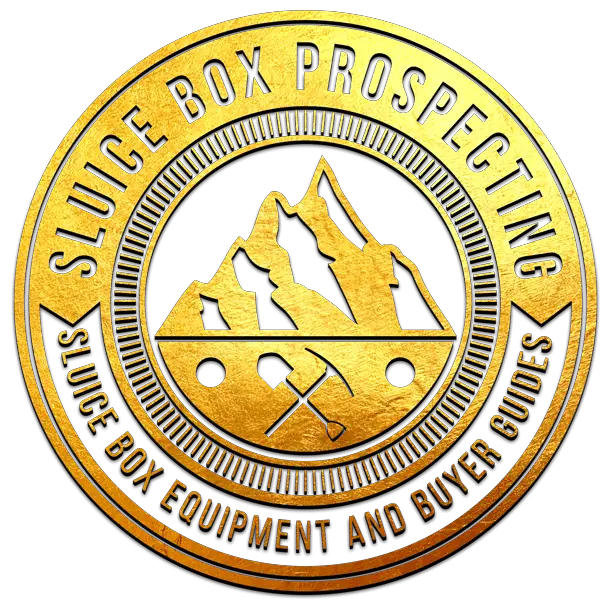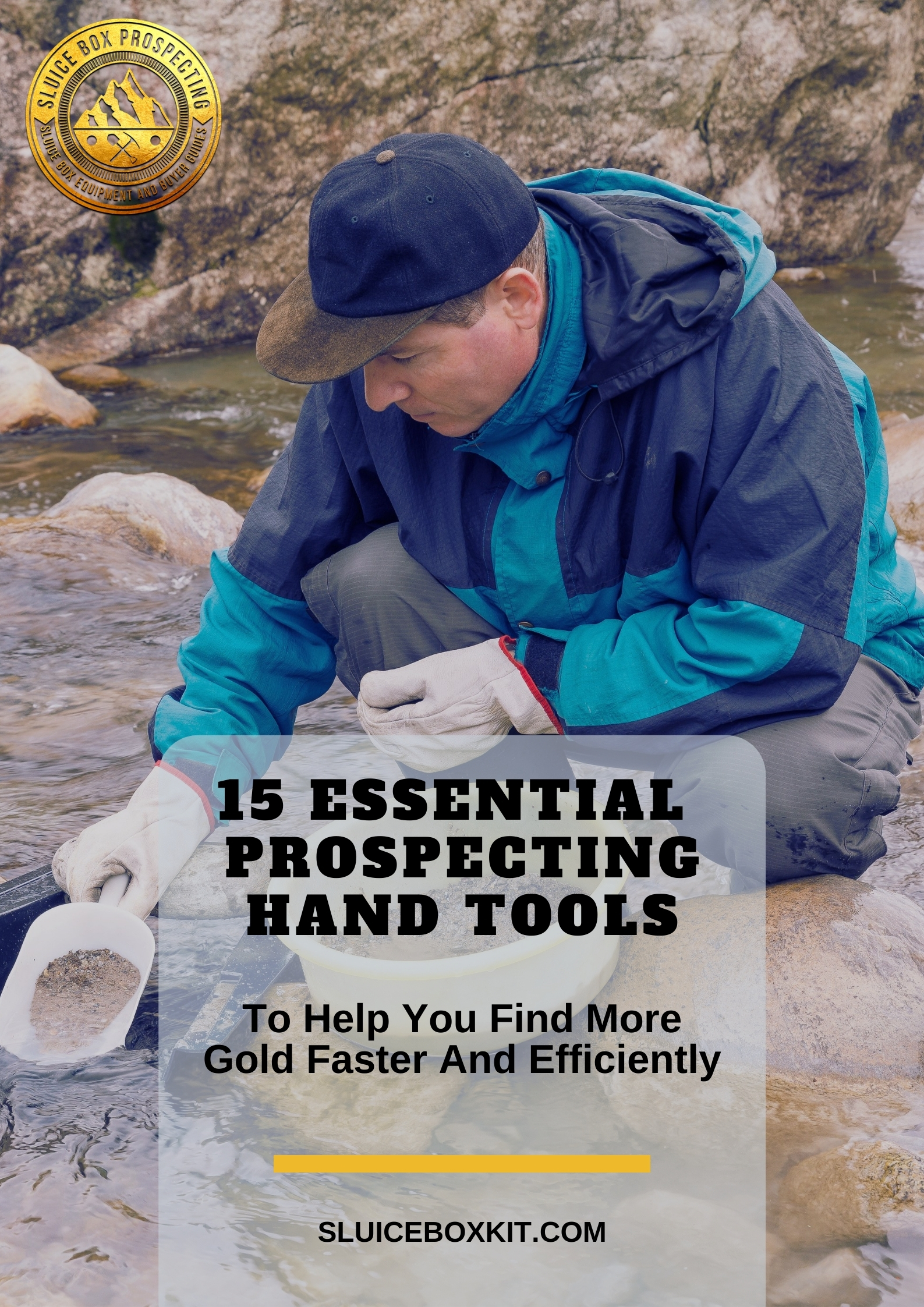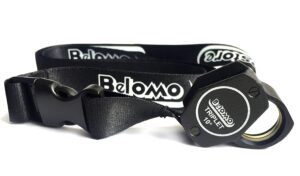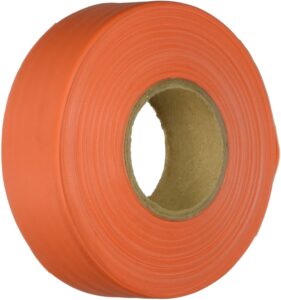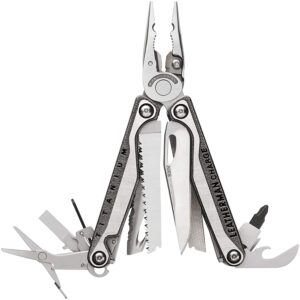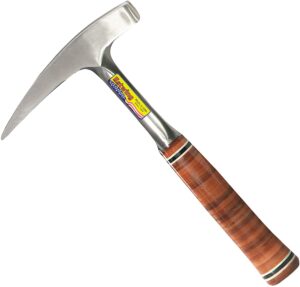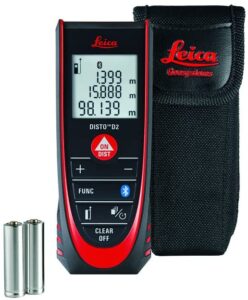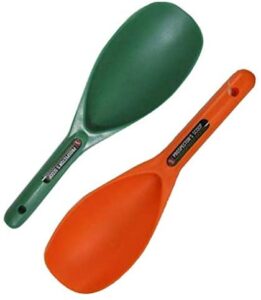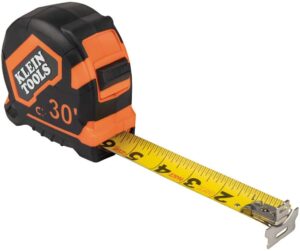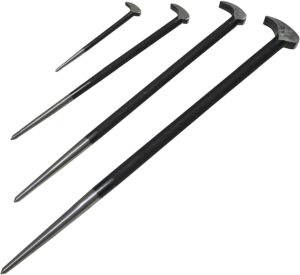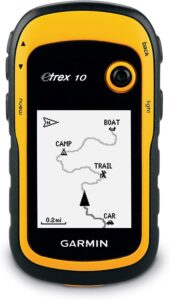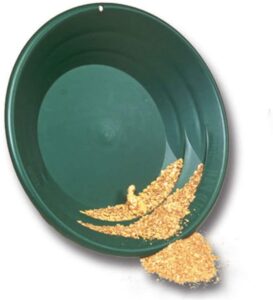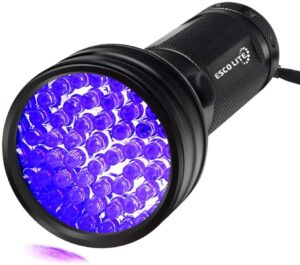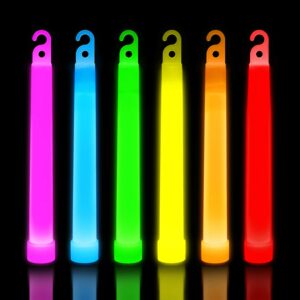Prospecting is one of the most important tasks in gold mining as it entails exploring new areas to find new sources of gold. Of course, you won’t get very far in this process without the proper prospecting hand tools, and trust us, there are a decent number of prospecting tools essential to success.
Keep reading to discover essential hand tools and accessories to help any prospector find more gold.
Some of the most common prospecting tools necessary include:
- A jeweler’s loupe
- Marking/flagging tape
- A rock hammer
- Crevice tools
- A gold pan
- A compass or Breton plotter
- A multitool
- A measuring tape
- A field GPS
However, there are far more items you’ll need in addition to these for ultimate prospecting success and the safety of your finds.
Prospecting can be a very challenging task, but it is also one of the most rewarding ways to find any metal for mining as long as you have the proper tools. There are countless prospecting tools out there that have been designed specifically for this purpose, but for this article, we’re going focus specifically on essential hand tools for prospecting success.
15 Essential Prospecting Hand Tools
Table of Contents
Prospecting has become an increasingly popular hobby and lifestyle for many people and the most important first step towards pursuing this passion is gathering the right tools. Prospecting is very much a hands-on task, so the tools you should gather first are hand tools. Of course, these don’t always come cheap, so you’ll want to prioritize those most essential to your success.
There are about fifteen different prospecting hand tools you should have before seriously pursuing this activity. Many amateurs and experts alike can agree on common hand tools such as gold pans, scoops, and multitools, but some other prospecting tool kit essentials might surprise you.
Below we have listed all of the prospecting hand tools we deem essential and have explained their relevance in detail. This way, you’ll know exactly what you need and why, so you’re confident in your tool arsenal and the money you invest into these vital objects.
Jeweler’s Loupe
A jeweler’s loupe is a small magnifying glass, usually about half an inch in diameter, that prospectors and jewelers use to measure and inspect stones. Most prospectors will buy a jeweler’s loupe with 10X and/or 30X magnification to examine and identify rocks and minerals they find in the field more easily.
BelOMO 10x Triplet Loupe Magnifier with Attached Deluxe Logo Lanyard
Marking/Flagging Tape
When you’re out in the field prospecting, you’re taking several notes regarding the land and the location of landmarks or other points of interest you see. A great way to mark these locations more visibly is through the use of marking/flagging tape. Make sure you have several roles of varying colors and patterns so you can differentiate locations and samples based on the tape you use.
IRWIN Tools 300-Foot STRAIT-LINE Flagging Tape
Leatherman or Multitool
These small tools can make a big impact on your prospecting as they are filled with various little tools you’ll undoubtedly need in the field. Most prospectors like to use the pincers to pick up small gold nuggets or samples without using their hands to handle them. This reduces any risks of tampering with or damaging the sample.
LEATHERMAN, Charge Plus TTi Titanium Multitool with Scissors and Premium Replaceable Wire Cutters
Rock Hammer or Mason’s Hammer
Most prospectors will opt for a rock hammer as these are built specifically for geological work. However, some enjoy the sturdier, more durable, and often larger mason or brick hammer.
Regardless of your preference, you’ll want one or the other handy during your prospecting expeditions as they are beneficial for concentrating the blow on a rock or mineral to create a controlled crack and see what’s inside.
Estwing Rock Pick – 22 oz Geological Hammer with Pointed Tip & Genuine Leather Grip – E30,Steel
Laser Measuring Tool
There’s a great deal of measuring that goes into prospecting so you can make informed assumptions as to where certain minerals, stones, and precious metals might be located.
If you frequently prospect in mines, a laser measuring tool is a beneficial and convenient hand tool to have. It reduces the time and effort spent using a measuring tape in limited light to map out the area.
Leica DISTO D2 New 100m/330ft Metric Imperial Laser Distance Measure with Bluetooth 4.0
Metal or Plastic Scoop
The metal scoop is a prospecting classic and not a tool to be underestimated. These simple tools are typically used to separate rocks, minerals, and other materials from each other or remove them entirely while reducing how much they’re handled. You don’t want any oils or mineralization from your hands to transfer onto these important finds, so the scoop is a must. Whether you opt for metal or plastic is up to you.
Sluiceboy Prospecting Heavy-Duty Scoops
A Magnet
Not all prospectors will carry magnets depending on the rock they are attempting to find, but they can certainly come in handy from time to time. Magnets might be a stretch as far as hand tools are concerned, but they are invaluable when testing magnetic rocks. They can make an otherwise tedious process of identification quick and simple.
SE 16-lb. Magnetic Separator Pick-Up Tool with Quick Release
Measuring Tape
Like the point about a laser measuring tool, making measurements while prospecting is unavoidable if you want to succeed. While one could argue not all prospectors need a laser measuring tool, needing a basic measuring tool is unquestionable. These are necessary for measuring vein widths and providing some sense of scale in photographic records of finds.
Crevice Tools
This hand tool is something few people hear about unless they are getting into prospecting. You can purchase several crevice tools, but each is typically designed to be very long and thin with a sharp tip.
This makes them exceptional at removing rocks from in between small cracks. You can also use them to loosen up tightly packed dirt.
Brenton Compass with Clinometer
A common prospecting tool you’ll probably frequently use alongside your measuring tape is a Brenton compass with a clinometer. This tool comes in various names so that you might find one labeled as a “sighting compass clinometer” or a “geological compass,” but they’re all the same tool.
Functionally, this tool is based on a different but similar tool known as a Brenton plotter and incorporates this with a compass and clinometer to create a highly efficient geological tool used for measuring the dip, strike, and dip direction of a plane or vein.
SUUNTO MC2 Navigator Mirror Sighting Compass with Built-in Clinometer
Snuffer Bottle
Also known as a sucker bottle, these simple but effective hand tools are used to suck fine gold out of your pan or squirt black sands away from your gold or any find when panning. You can also use it to funnel pieces of gold into a sample bottle or bag. Alternatively, you can store the gold in this bottle in a pinch until you get to your sample tools.
Garrett Gold Guzzler Snuffer Bottle
Field GPS
Finding the perfect location while prospecting is all well and good until you realize you have no legitimate way of retracing your steps and finding this location in the future.
Most prospectors have a field GPS on hand to accurately ascertain and record a location’s coordinates for future reference to eliminate this risk.
Garmin eTrex 10 Worldwide Handheld GPS Navigator
Gold Pan
We know you’ve been waiting for it. Don’t worry because here it is. The classic gold pan. This is one of the earliest prospecting tools ever used. Despite vast technological advancements, the gold pan is still one of the easiest and most reliable tools you can have for prospecting and gold hunts.
For more gold pan suggestions, check out the post: The Top 5 Best Gold Pan Options With Reviews And Buying Guide.
Flashlight
Again, this might be a bit of a stretch as far as hand tools go, but you’d be surprised how often you’re out prospecting and in serious need of a flashlight. Even at midday, you might find yourself peeking down a crack or into a dark mine wishing you had a flashlight on hand. You’ll also want these tools if your prospecting extends after sunset as a reliable source of light.
Escolite UV Flashlight Black Light, 51 LED 395 nM Ultraviolet Blacklight
Glowsticks
We already know what you’re thinking. “I have a flashlight; what do I need glowsticks for?” Well, these nifty little tools are great for marking paths at night when you’re prospecting a new or unfamiliar area at night.
While the flashlight is a great source of light, the glow sticks can be hung on trees or stuck into the ground to create a more visible path back to familiar territory.
Final Thoughts
There you have it; an extensive list of all the common prospecting hand tools you’ll need to be successful and even safe during this process. While it’s always great to invest as much as you can into high-quality tools, your first focus as a prospecting amateur should be to acquire all of these tools first and learn how to use them.
Over time, you can upgrade the ones you use most to a higher-quality replacement until you have a prospecting hand tool arsenal worthy of professionals.
Prospecting Hand Tools Sources:
https://www.youtube.com/watch?v=76m6rNYx-FM
https://geology.com/articles/gold-prospecting-tools/
